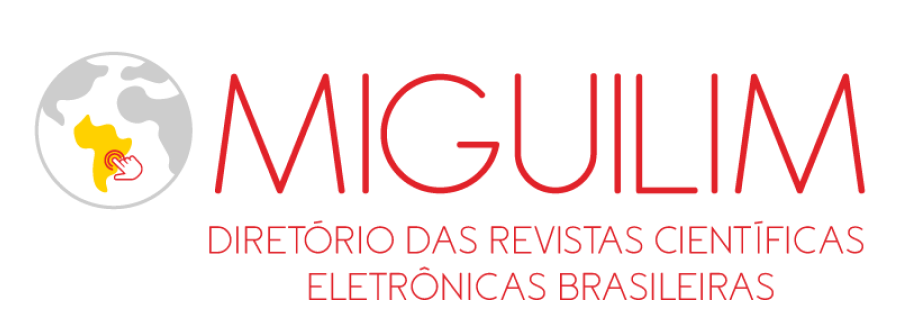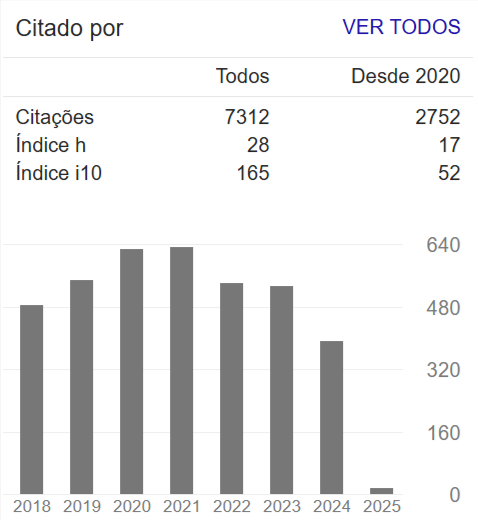Aquifer analogs as a tool for improved site characterization in groundwater remediation projects
Resumo
The lack of information about true aquifer heterogeneities represents a challenge for a complete understanding of the transport and fate of groundwater contaminants. Due to practical constraints, conceptual site models based on the commonly used investigation methods do not precisely depict aquifer heterogeneities, which decisively affect the spreading of contaminants and the success of clean-up projects. A high-resolution aquifer analog of one of the most important groundwater reservoirs in Central Europe is used to help investigate the effects of realistic multi-scale physical and chemical heterogeneities on the fate of a common organic contaminant. The results of this study provide an integral understanding of subsurface contaminant transport while taking into consideration the local environmental conditions, and demonstrating how simplified assumptions can prevent the use of mathematical models for correct predictions.

















